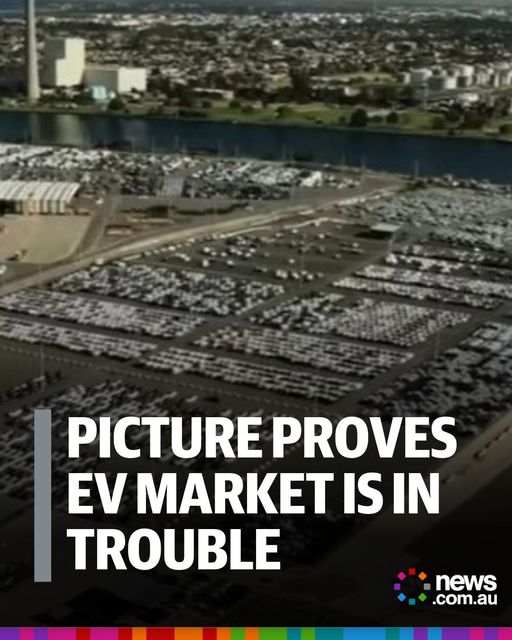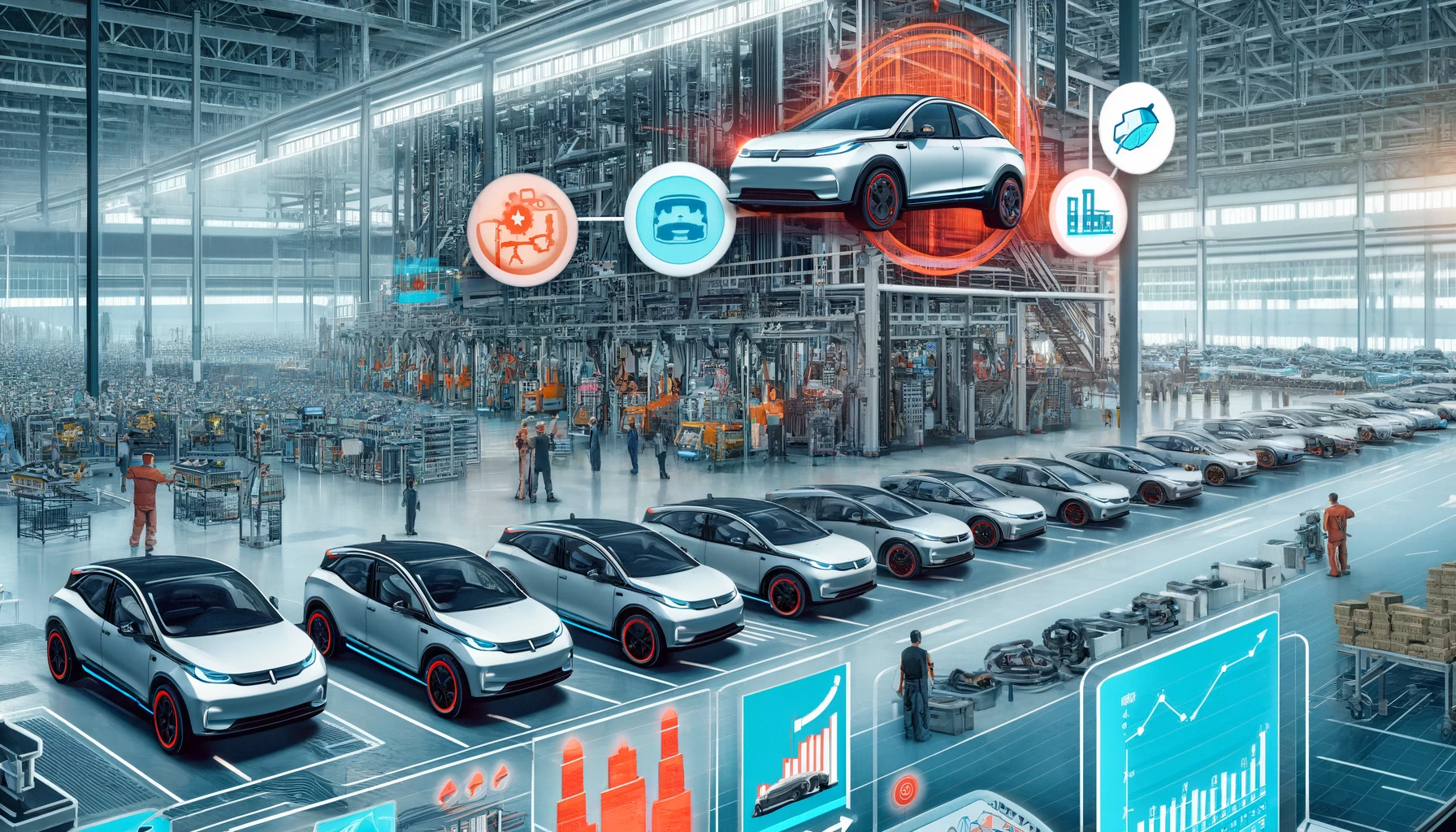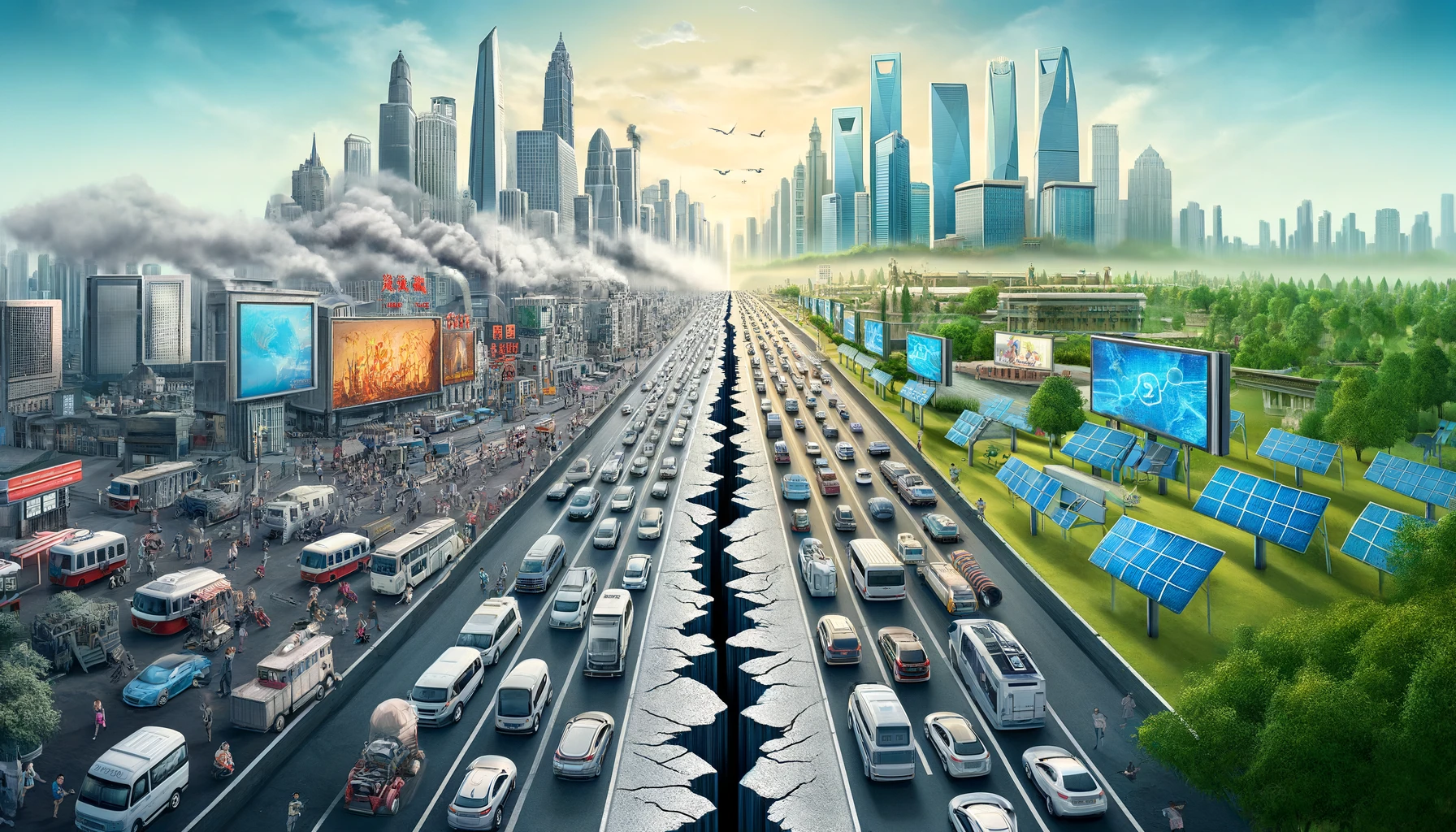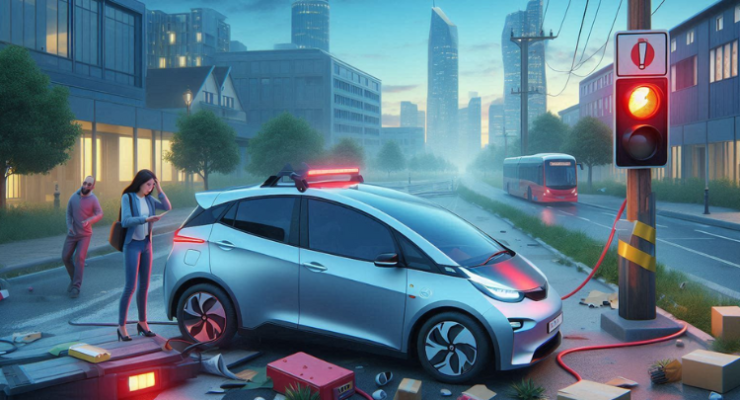Ah, another article about the demise of Electric Cars!
It seems every week there’s a new article declaring the doom of electric vehicles (EVs).
Just a few years ago, the idea of EVs dominating the roads seemed far-fetched.
High costs and a lack of infrastructure made them impractical and unsustainable.
However, times have changed, and with China now leading the charge in EV production, the market dynamics have shifted dramatically.

The Overproduction Phenomenon of EVs

China, the world’s largest producer of electric vehicles, has ramped up production to unprecedented levels.
This overproduction has led to a significant decrease in EV prices, making them more accessible to the average consumer.
Initially, the high cost of EVs was a major deterrent, with many arguing that they were not worth the investment due to their limited range and sparse charging infrastructure.
Now, with prices dropping, a new wave of criticism has emerged: the market is flooded, and there are too many EVs to choose from!
The Evolution of Perception
When Tesla first entered the market, sceptics were quick to point out the high costs and logistical challenges associated with EVs.
Fast forward to today, and the conversation has shifted.
The cost of entry has lowered significantly, and EVs are no longer seen as a luxury for the few but as a viable option for many.
Despite this progress, some consumers and critics continue to find reasons to resist the transition.

Political and Cultural Resistance: The divide between internal combustion engine (ICE) vehicle owners and EV enthusiasts often boils down to political and cultural differences.
In regions where fossil fuels are a significant part of the economy, there’s a natural resistance to EV adoption. Conversely, areas with strong environmental policies are seeing faster EV uptake. AKA “China”
Habitual Preferences: Many people are accustomed to the convenience of refuelling ICE vehicles, which takes just a few minutes.
Switching to EVs requires a change in habits, akin to how we manage our mobile phones and laptops—plugging them in regularly rather than filling up quickly at a gas station.
Market Competition: A Win for Consumers
The beauty of a competitive market is that it drives innovation and benefits consumers.
As more manufacturers enter the EV space, prices are driven down, and the technology improves.
This competition is crucial for the transition to a greener future.
The cheaper EVs become, the more likely consumers are to make the switch, which in turn reduces overall emissions and dependency on fossil fuels.
The lower cost of electric vehicles is particularly beneficial for homeowners with solar panels and home batteries.
These individuals can charge their vehicles using renewable energy, further reducing their carbon footprint and saving on energy costs.
The convenience and cost savings associated with home charging make EVs an attractive option for many.
A Personal Reflection on EVs
From my perspective, the shift towards electric vehicles is not just about economics or technology; it’s about changing how we think about transportation.
People initially resisted electric vehicles due to the steep learning curve and high costs that often come with new technologies.
But as prices drop and infrastructure improves, it’s clear that EVs offer a sustainable and economical alternative to traditional vehicles.
Driving an EV is a different experience—quieter, smoother, and often more enjoyable.
The convenience of charging at home and the lower operating costs make it a compelling choice for those willing to adapt their routines.
While there will always be a place for ICE vehicles and hybrid technologies, especially in areas with limited EV infrastructure, the future is undoubtedly electric.
The Conventional Wisdom
EVs and ICE vehicles are fundamentally different.
The conventional wisdom holds that combustion engine cars are depreciating assets that still hold some value in the second-hand market, as the technology has matured.
However, EVs should not be considered as assets but rather as tools for daily use, similar to laptops or mobile phones. The technology moves so fast that its value lies more in its functionality than in resale potential.
The extreme division between EV and ICE owners often comes down to cultural and political differences.
When Tesla first entered the market, the common arguments against it were high costs, lack of sustainability, and insufficient infrastructure.
Now that EV prices are coming down, they will outcompete ICE vehicles. It’s unfortunate there are lobbyists that is pushing a different narrative to support the Fossil Fuel industry.
Think about it: there are still 1,726 billion barrels of proven oil reserves, which could sustain the industry for at least another 50 years, providing ample opportunity for oil companies to continue profiting.
The Future of Transportation With EVs
The journey towards widespread EV adoption is a testament to how quickly technology can evolve and how market dynamics can shift in favour of consumers. By embracing this change, we can look forward to a greener, more sustainable future where the benefits of EVs are accessible to all.
If you own a home, have solar and battery systems, and drive less than 50-100 km per day, an EV perfectly fits your lifestyle. The key is to adjust our habits and perceptions to align with the benefits of this evolving technology.
As EV prices continue to drop and technology advances, the transition to electric vehicles will become an increasingly viable and attractive option for more people.



